The solar thermal industry wants to differentiate itself from photovoltaic with storage: "Our energy is up to ten times cheaper"
Spain occupies the first place in the world in installed concentrating solar power capacity, with 2.3 GW of a world total of 6.2 GW, and also concentrates the greatest know-how in national companies. Therefore, it is not surprising that the PNIEC (National Energy and Climate Plan) includes the incorporation of 5 GW of this technology in the next ten years.
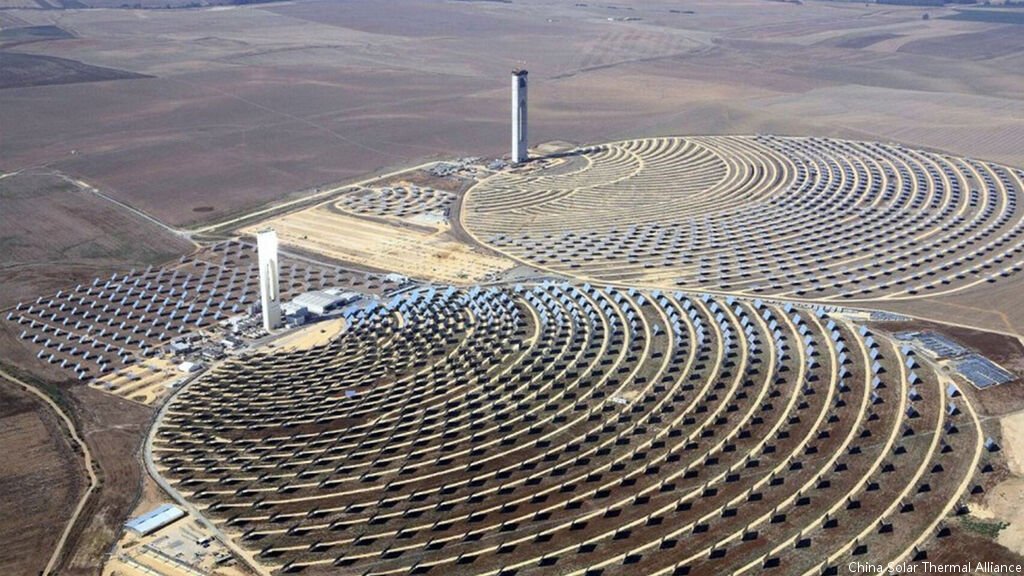
"What has been approved in the PNIEC is only one objective but it could be more capacity or less, because it will depend on how the renewable auctions are designed,"explains Gonzalo Martín, secretary general of Protermosolar, the association that groups to this industry.
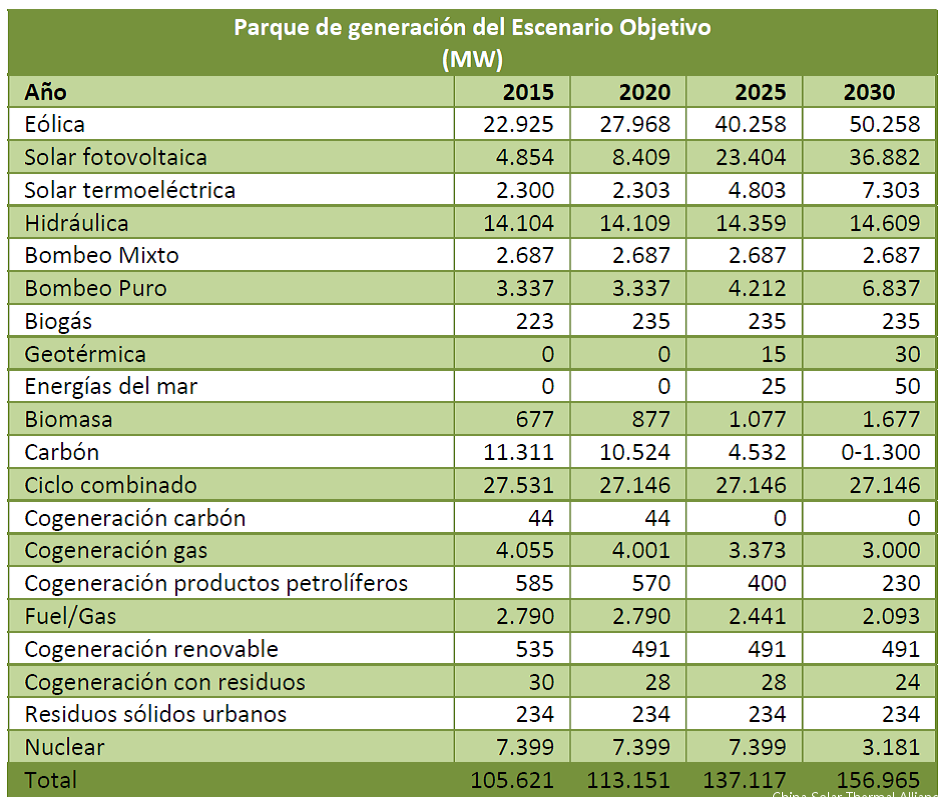
"Contrary to what other renewables associations are proclaiming, we defend specific auctions" points out Martín, "if auctions are held with technological neutrality, it will be very difficult to meet the objectives that the PNIEC has set for each of them" .
"If these new auctions also provide legal certainty, we will have cheaper financing to be able to build new concentrated solar power plants," the association’s secretary general delves.
In addition, he points out that “it is necessary to differentiate between energy costs and the cost of the system. If they ask you what is cheaper if a coffee or a beer, they would also have to take into account that first thing in the morning you do not care about the price of the beer because what you want to drink is a coffee ".
So much so that solar thermal has a cost about three times higher than solar panels during the day, but it is 10 times cheaper than photovoltaic with batteries.
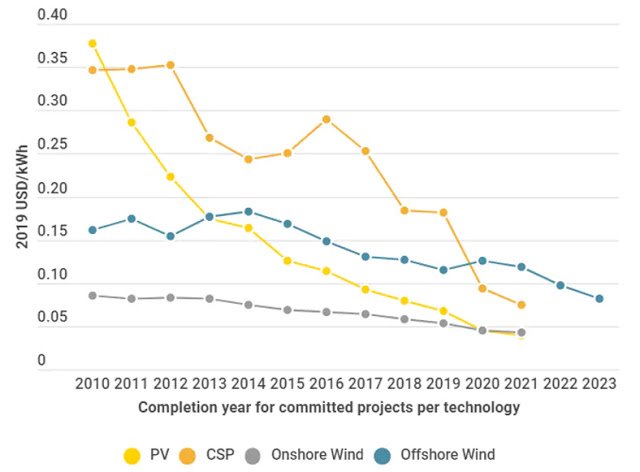
Gonzalo Martín uses this example to compare it with the different hours of electricity consumption. "It is what happens at night, that there is no photovoltaic generation, and that you have to continue using gas, the combined cycles, but these plants are not designed to be switched on and off every day, but to operate between 5,000 and 6,000 hours year".
Compared to gas, concentrated solar power competes on prices but above all on CO2 emissions. "It is the only solar power that produces at night thanks to its storage system."
And it gives as an example the solar thermal plant in Écija (Seville), one of the most sophisticated solar power plants in the world, with a capacity of 100 MW. "He is able to work for 24 hours."
Therefore, "the goal of solar thermal power plants in the future is not to sell electricity by day, since it competes with much cheaper photovoltaics and wind energy, but to become the only renewable alternative for night backup."
He acknowledges that there are other options such as biomass, "but it has the same problem as combined cycles: it does not suit them to have to start and stop machines frequently."
How a solar thermal plant works
In fact, it would be more accurate to talk about the thermal use of solar energy. They are plants where electricity is generated from the energy collected in a fluid that is heated by highly concentrated solar fields.
That hot fluid can generate the steam necessary for the turbine to produce electricity or end up in the molten salts that will be used as a storage system.
There are several technologies that make this generation possible, but the most widely used are the tower with heliostat field and the parabolic trough technology.
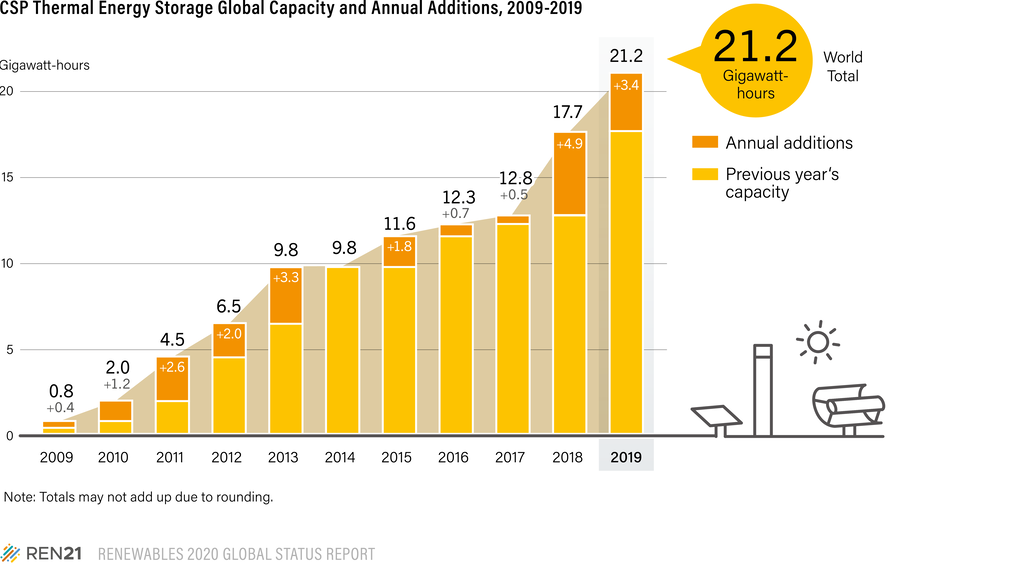
"Our storage capacity and low costs make us unique,» continues Martín, and they hope that the government will not copy the Portuguese auction model that in the coming months will present the call to install 700 MW «renewable with storage."
"It is not the same, nor does it have the same costs for photovoltaic with storage, or with hydrogen, or any other renewable with lithium-ion batteries, as molten salts, and if you take note of what is being done in Portugal, they could occur photovoltaic projects with only 1 MW of storage to meet the requirements but that really does not serve the objective that is to be achieved. "
In addition, put to order, the solar thermal recalls that "it could also be valued that we not only generate electricity but also produce heat, and there is a lot of industry that needs it and our proposal is 100% renewable".
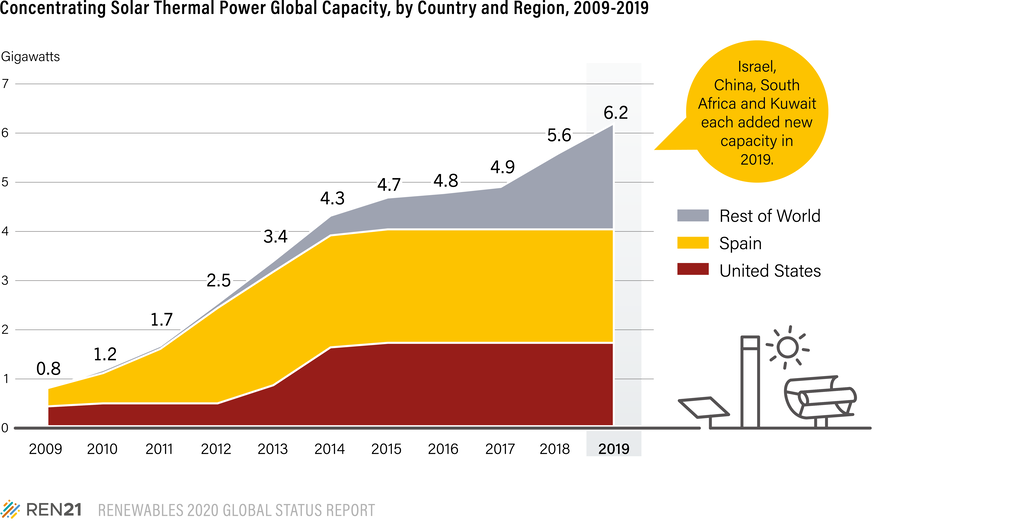
Solar thermal worldwide
In the ranking of installed power, behind Spain and by far, it is followed by the US with 1.8 GW, and then countries like South Africa or Morocco, but the growth prospects seem hopeful for the sector.
Israel, China, South Africa or Kuwait, to give a few examples, have projected new CSP capacity to install in the coming years, but they are not the only ones.
There is still a lot to develop and the prestige and knowledge of this technology from Spanish companies make them the best ambassadors in our country.